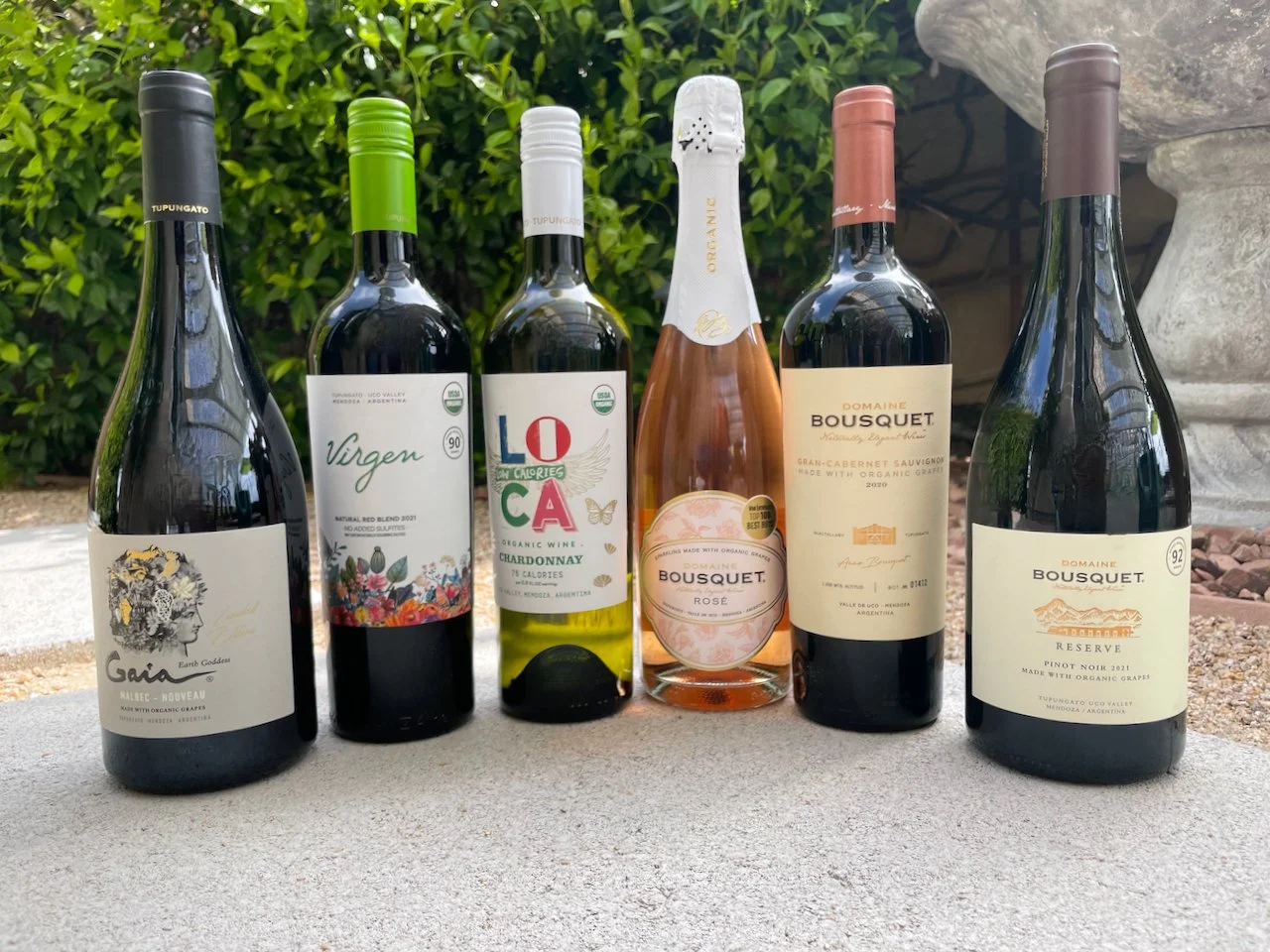2022 Domaine Bousquet LO-CA Organic Chardonnay ($14)
LO-CA organic Chardonnay, from Domaine Bousquet in Uco Valley Argentina, is a feel-good, taste-good wine with more altitude, attitude, and fewer calories.
The name is a play on “low-calorie,” but Loca also means “crazy” in Spanish. So, this LO-CA Chardonnay is low-calorie, low-alcohol, low-sugar, vegan, gluten-free, USDA-certified organic, Regenerative Organic Certified™, and Eco cert-approved – how crazy is that!
This LO-CA wine is produced from 100% Chardonnay that is fermented in stainless steel tanks for 12-17 days. Bottling followed shortly after to ensure peak freshness.
This LO-CA Chardonnay is medium gold in color with medium aromas of tropical fruit. On the palate it has flavors or grapefruit and green apple with crisp acidity.
This is an easy to drink, light and refreshing wine that can be enjoyed at any time and fits right in as the Behind the Cork™ Wine of the Week!
Alcohol: 9% Acidity-Ph: 8.4/3.24 gm/L, Residual Sugar: 1.15 gm/L, Calories:75 per 5 oz serving
Disclosure of Wine Sample Submission: I received this sample at no cost for review. The opinions expressed are entirely my own.
Sample Provided by Domaine Bousquet (via Creative Palate Communications)






